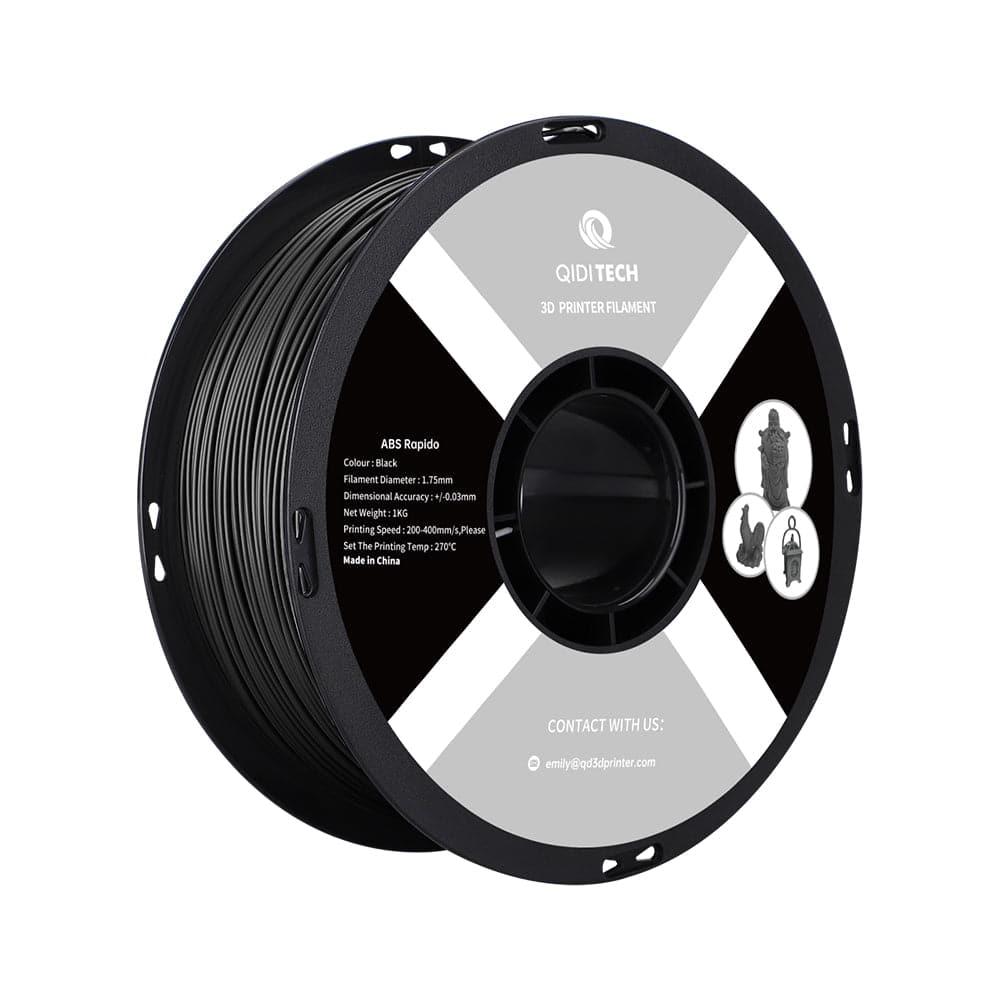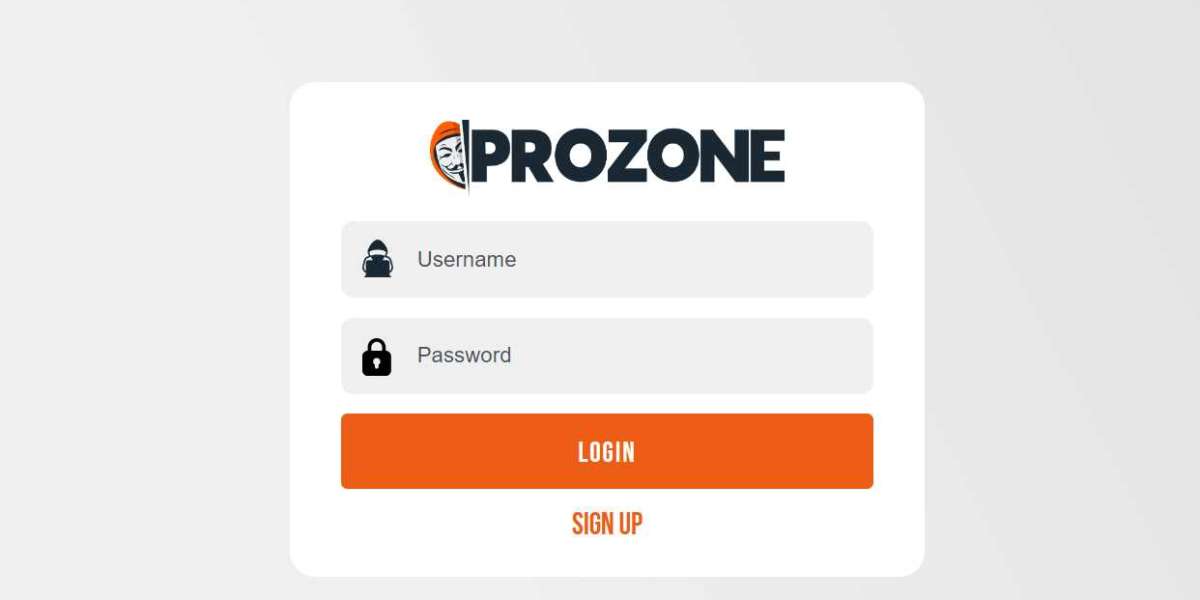Welcome to The Ultimate Guide to Using ABS Filament in Enclosure Printers. This comprehensive guide aims to provide a deep dive into the intricacies of using ABS filament in 3D printers equipped with enclosures. Whether you're a seasoned professional or a curious beginner, this article will offer valuable insights and practical tips to enhance your 3D printing experience.

Understanding ABS Filament
ABS (Acrylonitrile Butadiene Styrene) filament is a popular choice in the 3D printing community due to its durability, strength, and versatility. However, it comes with its own set of challenges, particularly when it comes to temperature control and warping. This is where enclosure printers come into play, providing a controlled environment that mitigates these issues.
The Role of Enclosure Printers
Enclosure printers are designed to maintain a stable temperature and reduce external influences such as drafts and temperature fluctuations. This controlled environment is crucial for printing with ABS filament, as it helps prevent warping and ensures better layer adhesion. By using an enclosure, you can achieve higher quality prints with fewer defects.
Preparing Your Printer for ABS Filament
Before you start printing with ABS filament, it's essential to prepare your printer. Here are some steps to follow:
- Bed Preparation: Use a heated bed to maintain the optimal temperature for ABS filament. A temperature range of 90-110°C is recommended.
- Enclosure Setup: Ensure your enclosure is properly sealed to maintain a consistent internal temperature. This will help prevent warping and improve print quality.
- Filament Storage: ABS filament is hygroscopic, meaning it absorbs moisture from the air. Store it in a dry, airtight container to prevent moisture-related issues.
Printing Tips for ABS Filament
Here are some practical tips to get the best results when using ABS filament in enclosure printers:
- Optimal Temperature Settings: Set your nozzle temperature between 220-250°C. Experiment within this range to find the sweet spot for your specific printer and filament.
- Use a Brim or Raft: Adding a brim or raft can help improve bed adhesion and reduce warping, especially for larger prints.
- Ventilation: While an enclosure helps maintain temperature, ensure proper ventilation to avoid the buildup of fumes, as ABS can emit unpleasant odors during printing.
Troubleshooting Common Issues
Even with the best preparation, you may encounter some common issues when printing with ABS filament. Here are solutions to a few frequent problems:
- Warping: If your prints are warping, ensure your bed temperature is consistent and consider using a brim or raft to improve adhesion.
- Layer Separation: If layers are not bonding well, increase the nozzle temperature slightly and ensure the enclosure maintains a stable internal temperature.
- Stringing: If you notice stringing between parts of your print, reduce the nozzle temperature or adjust the retraction settings in your slicer software.
Conclusion
In conclusion, The Ultimate Guide to Using ABS Filament in Enclosure Printers provides a detailed roadmap for achieving high-quality prints with ABS filament. By understanding the properties of ABS, preparing your printer correctly, and following practical printing tips, you can overcome common challenges and produce exceptional 3D prints. Remember, the key to success lies in experimentation and fine-tuning your settings to suit your specific needs.
We hope this guide has been informative and engaging. Happy printing!



